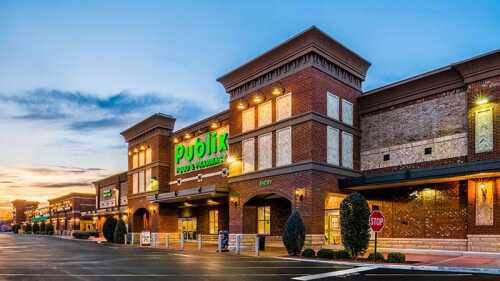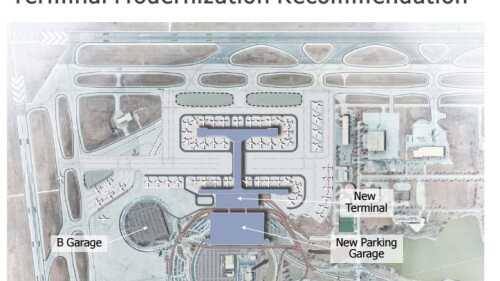Innovation Districts & Corridors
In addition to Amazon’s purchase of Whole Foods, an enormous amount of movement has occurred in the grocery sector in the past year, as regional chains expand into new markets and European brands enter the United States.
The increased emphasis being placed by cities—small as well as large—on embedding resilience into their land use and development policies was the topic of the 2017 Resilient Cities Summit cohosted in Stowe, Vermont, by ULI, the National League of Cities, and the U.S. Green Building Council. Attendees said resilient approaches to infrastructure and development provide long-term economic benefits for cities by safeguarding their real estate assets and tax base, supporting business continuity after adverse events, and protecting residents.
JLL’s latest report analyzes markets with a high concentration of in-demand, affordable tech talent and available real estate, much of which is located near research universities that can be tapped for new employees.
Logistics property developer GLP is taking advantage of new technologies to increase efficiency for its tenants. Chief executive officer Ming Mei told attendees at the ULI Asia Pacific Summit 2017 that his firm is using big data to improve efficiency in its logistics parks in China, analyzing everything from the temperature of cold-storage trucks to site selection for logistics tenants.
Decades ago, who would have thought that the graffiti-covered walls of deteriorated industrial buildings would catalyze the regeneration of an entire urban community? A panel at ULI Washington’s recent Trends Conference explored strategies for strengthening communities’ identity and economic vitality with arts programming and local institutions.
If you have ever flown through Kansas City International Airport, you likely have noticed the three stand-alone horseshoe terminals—only two of which are active. Or the lack of food and beverage choices, restrooms, and other amenities near the gates compared with what is available at similar, modern airports.
Demographic changes taking root today will affect society and the built environment for decades to come, according to Eike Wenzel, managing partner of the Institut für Trend- und Zukunftsforschung. He spoke about what cities can do to anticipate and adapt to these changes at the ULI Germany 2017 Urban Leader Summit in Frankfurt.
What is the fastest-growing means of transportation in the United States? The bicycle, according to the U.S. Census Bureau. People bike for many reasons—better health, recreation, transportation, to save money, to run errands. But the biggest reason that bicycling is booming in the United States is the growth in bicycle infrastructure.
As job growth in the professional services sector has increased substantially over the past several years, office real estate investment trusts (REITs) have benefited from strong leasing fundamentals. However, more office construction and oversupply concentrated in major metro areas such as New York City, Houston, and Washington, D.C., continue to concern those in the market. Plus, interest rate survey data from Trepp.
Emerging technologies will bring major changes to the real estate industry, prompting questions that people will be pondering over the coming months and years. “We’ve got to restart our thinking about what we do,” said Paul Doherty, chief executive officer and president of Memphis-based the Digit Group, a leading provider of “smart city” solutions.






